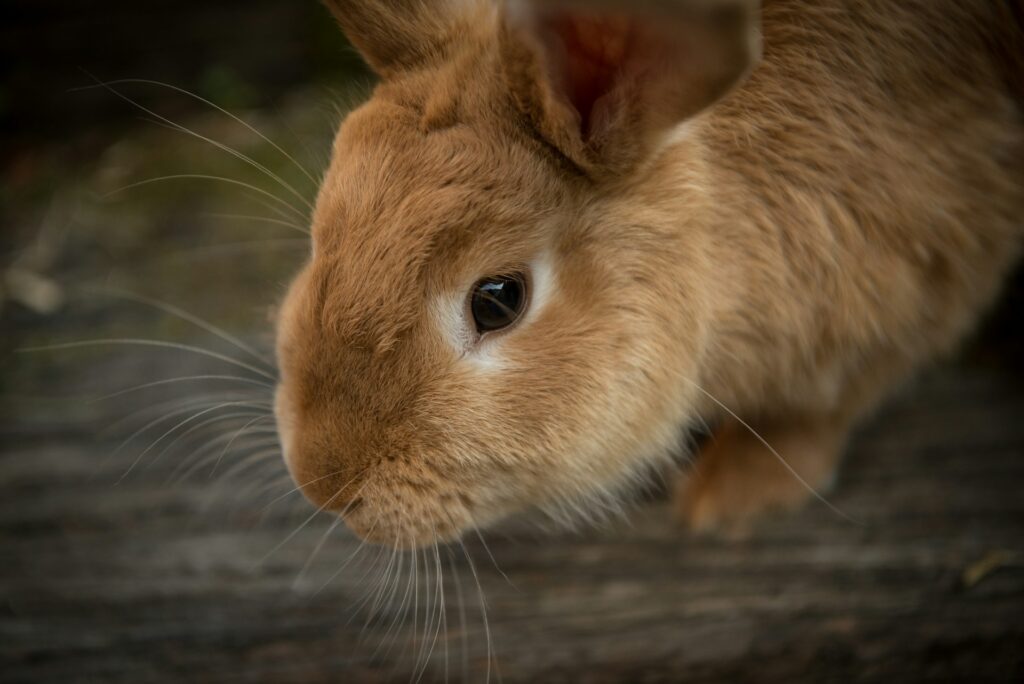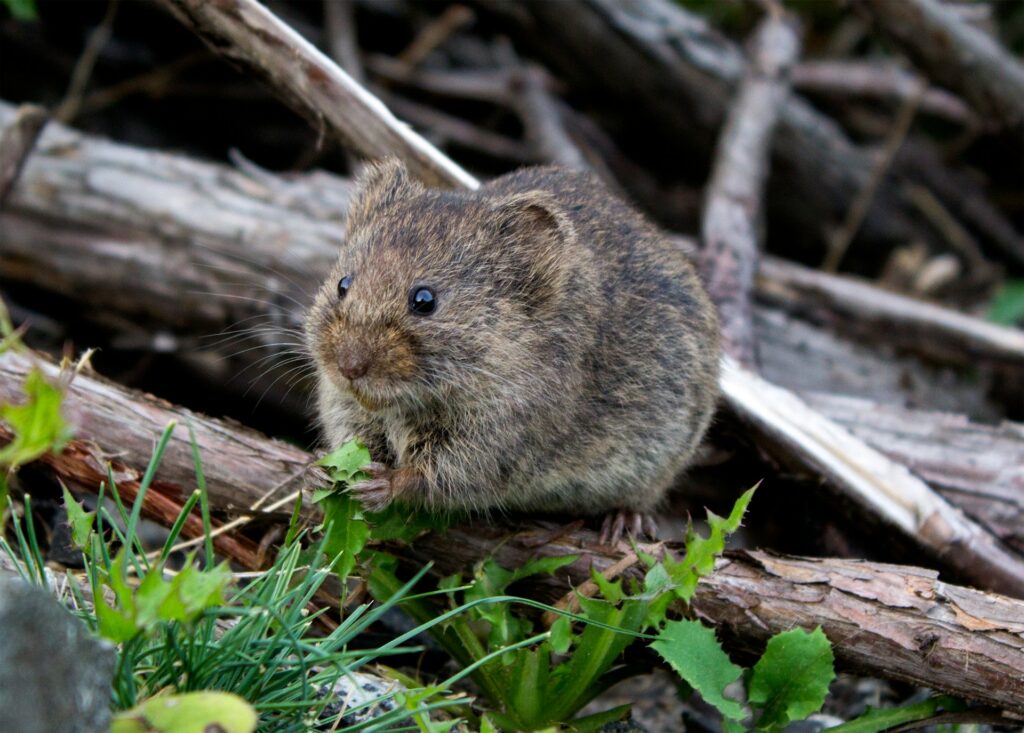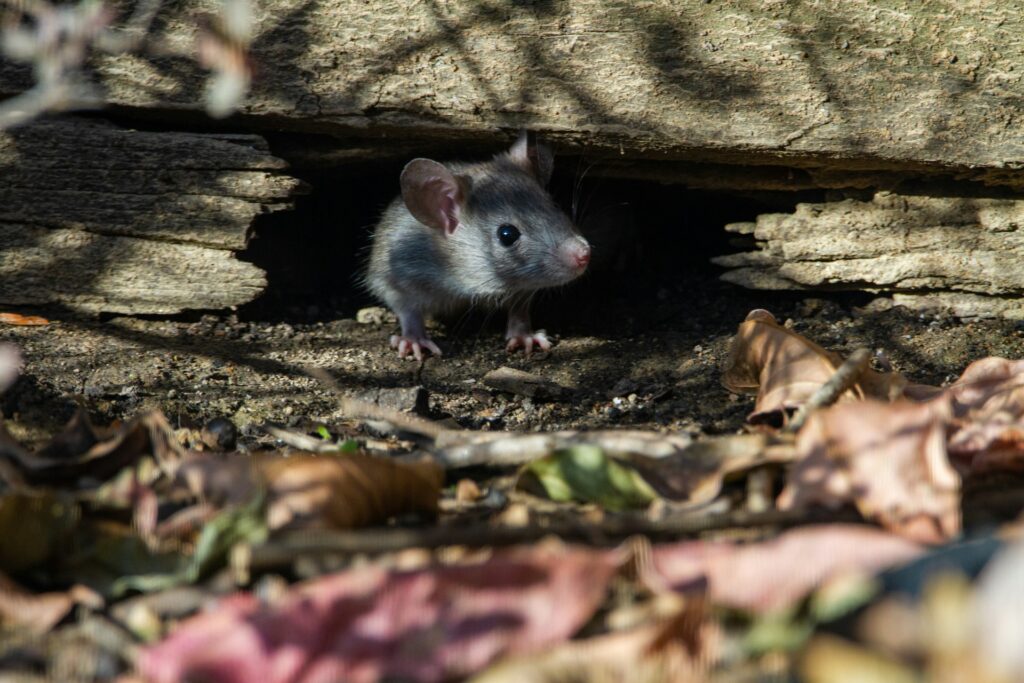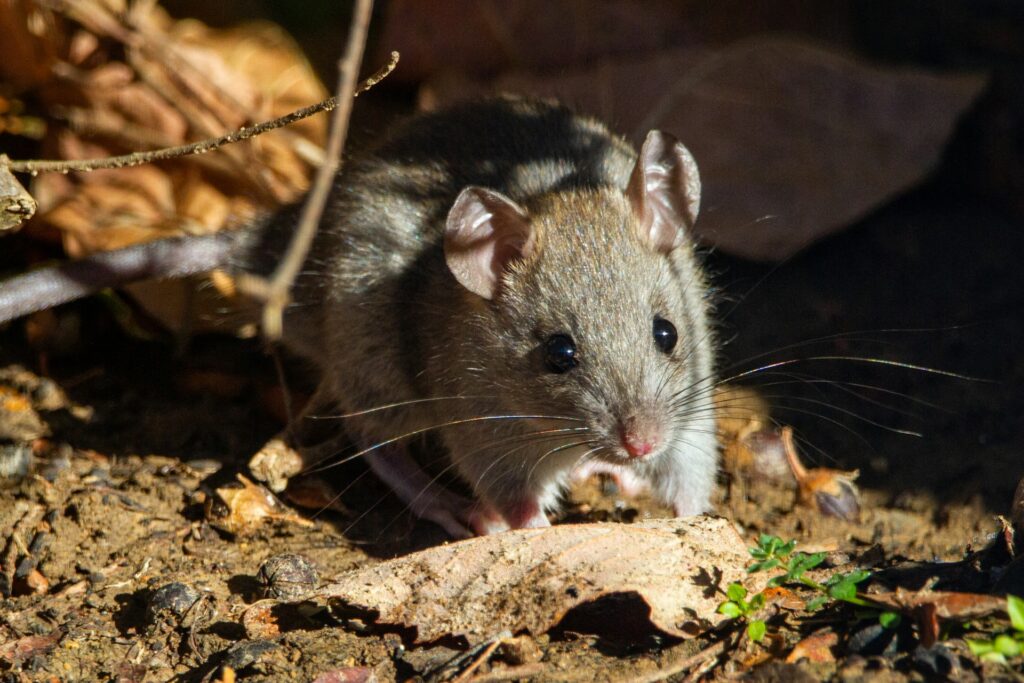Sheds are a common target for mice seeking shelter and resources. This guide outlines practical tips to keep mice away from your storage sheds and provides strategies to ensure these pests don’t infiltrate your space. By taking proactive measures, you can maintain a clean and secure shed, free from the problems that attract mice.
Essential Steps to Mouse-Proof Your Shed
In rodent control, preventing access is key. To keep your shed free from rats and mice, seal entry points and store pet food in airtight containers. An effective method in how to keep mice and rats at bay involves a combination of vigilance and proper storage techniques.

Seal All Entry Points to Deter Unwanted Guests
Mice can enter through the smallest openings, so it’s crucial to use steel wool and weather stripping to seal potential entry points around doors and windows. Expanding foam, buried wire mesh and a barrier of stainless steel hardware cloth can fortify the shed’s defenses, especially in pole barns with vulnerable floors and walls.
Examine for Cracks and Holes
Regularly inspect your shed for any structural weaknesses that might grant mice access. Pay special attention to cracks and crevices that could serve as entry points, and make repairs as soon as possible to prevent infestations.
Use Steel Wool and Caulk for Smaller Gaps
For smaller gaps, a combination of steel wool and caulk can create a tightly sealed barrier. This method is particularly effective in keeping mice out of garages and sheds, blocking even the most determined rodents.

Organize and Store Tools Properly
Disorganized tools can provide hiding spots for rats and mice. By arranging and securing tools, you minimize the risk of rodents taking up residence among them.
Hang Tools to Prevent Hiding Spots
Hang tools on walls or on a pegboard to eliminate ground clutter. This practice not only keeps your shed tidy but also reduces the chances of rodents finding a secluded spot to nest.
Use Plastic Bins for Small Items
Smaller items are best stored in plastic bins with secure lids. This rodent control strategy not only keeps your shed organized but also prevents mice from accessing pet food and other attractants. By using airtight containers and reducing entry points, you can effectively keep mice and rats out.
Eliminate Attractive Nesting Materials
Remove any cardboard boxes and reduce the availability of stored items that can provide nesting material. Cleaning the shed regularly also diminishes the appeal for mice looking for a home.
Remove Old Fabrics and Cardboard
Old fabrics and cardboard are prime materials for a mice infestation. Ensure these items are disposed of or stored securely to prevent them from becoming a foundation for nests.
Store Materials in Rodent-Proof Containers
Storing materials in rodent-proof containers is crucial. Opt for metal or durable plastic bins with tight-fitting lids to discourage mice from seeking refuge and breeding within your stored belongings.
Regularly Inspect for Signs of Mice Activity
Consistent monitoring for signs of mice, such as droppings or damage, is essential. Intact weather stripping and unbreached barriers can indicate your prevention measures are holding strong.
Look for Droppings and Gnaw Marks
Keep an eye out for droppings, gnaw marks, or other evidence of mice. These signs can alert you to the presence of rodents early, enabling you to take action before an infestation establishes itself.
Listen for Scratching Noises
Scratching noises, especially at night, can be an indicator of mice in your shed. Staying attuned to these sounds can help you detect and address rodent activity promptly.

Use Natural Repellents and Deterrents
Incorporating natural repellents, such as peppermint oil, can discourage mice from entering your shed. Such deterrents are a non-toxic way to maintain a rodent-free environment.
The Effectiveness of Peppermint Oil
Peppermint oil is heralded as one of the most effective natural mice repellents, thanks to its strong scent that mice find particularly offensive. This essential oil can be soaked into cotton balls and placed around potential entry points to deter these pests. Not only does peppermint oil repel mice, but it can also help to repel other pests, providing a broad range of protection for your shed.
Planting Mint and Other Repellent Plants
Integrating mint into your garden can act as a living barrier against rodents. The potent aroma of mint plants is a natural deterrent for mice. For heightened defense, consider companion planting with other mice repellents like marigolds or garlic. These plants not only deter mice but also can enhance the ecosystem of your garden by repelling a variety of insects and electronic repellents.
Set Traps Strategically Around the Shed
Strategically placing traps around the shed can help catch any intruders. It’s crucial to check these traps regularly to ensure any dead rodents are promptly removed, preventing odor and disease spread.
Types of Traps and Their Best Placement
To effectively manage vermin, it’s advisable to consult a professional pest control service. These experts can recommend the most suitable types of traps and advise on their best placement to maximize capture rates while minimizing risk to non-target animals and children.
Safe Disposal of Captured Rodents
Once captured, rodents must be disposed of safely. Wearing gloves, place the rodent in a sealed bag and discard it in a lidded trash can. To prevent future infestations, use peppermint oil and other mouse repellents around the shed. Additionally, consider using electronic repellents to repel other pests and maintain a secure environment.
Fortify Your Garden To Keep Your Shed Secure
To protect your garden shed, start by inspecting your shed for cracks and crevices that could serve as entry points for pests. Reinforce these areas with sheet metal or chicken wire to prevent mice from causing damage.

Clear Debris and Trim Vegetation Around the Shed
Removing fallen tree limbs and trimming overgrown vegetation eliminates hiding spots for mice and other pests, reducing the likelihood of them infiltrating your shed. Keeping your yard tidy is not only aesthetically pleasing but also a critical step in pest control. Regular removal of debris and clutter can significantly reduce shelter options for mice, discouraging them from taking residence near or in your shed. Regular trimming of tree branches and bushes minimizes the cover mice seek for protection and nesting. This practice, along with maintaining a clean environment, makes your garden less inviting to these unwelcome guests.
Encourage Natural Predators in Your Garden
Attracting natural predators like owls can help control the rodent population. Installing nesting boxes and perches can encourage these beneficial birds to take up residence in your garden.
Last Thoughts on How to Keep Mice Out of Shed
In the battle against mice intrusion, the adage “cleanliness is next to godliness” takes on a practical meaning. The cornerstone of effective pest prevention is a tidy environment that discourages rodents from taking up residence. Start by sealing gaps with sheet metal, which is impervious to the sharp teeth of mice, ensuring that tree branches are trimmed back to prevent easy access, and keeping food indoors to avoid luring these pests. Utilize thick plastic or metal storage boxes for bird seeds and other items that might attract mice, and consider integrating residential pest control strategies to keep growing threats at bay. Remember, preventative measures are always better than reactive solutions. Regularly dispose of nesting materials, store human food in sealed containers, and consider using dryer sheets, which some believe may deter mice with their scent. By maintaining a clean shed, you minimize the chances of an infestation. Thus, cleanliness isn’t just about aesthetics—it’s a critical component of a comprehensive strategy to protect your shed from unwanted guests.

